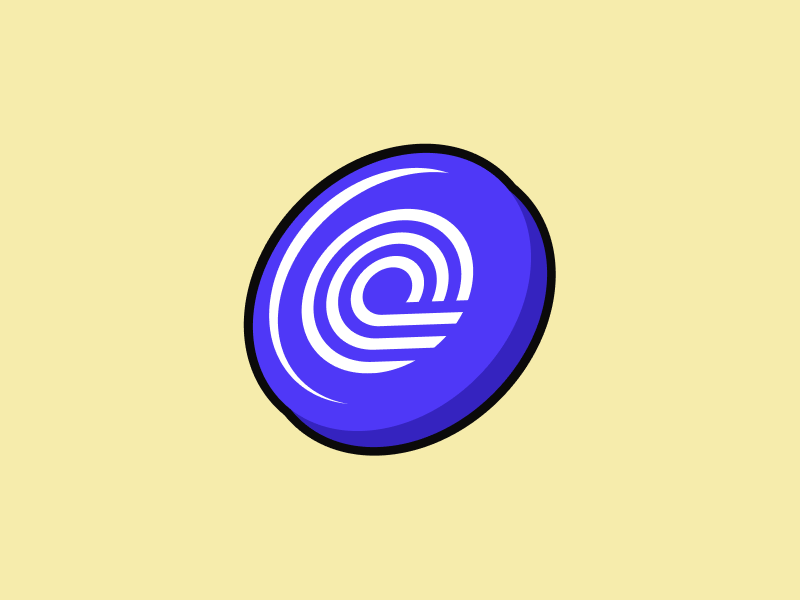Opening Pandora’s Box, What is ERC-404?
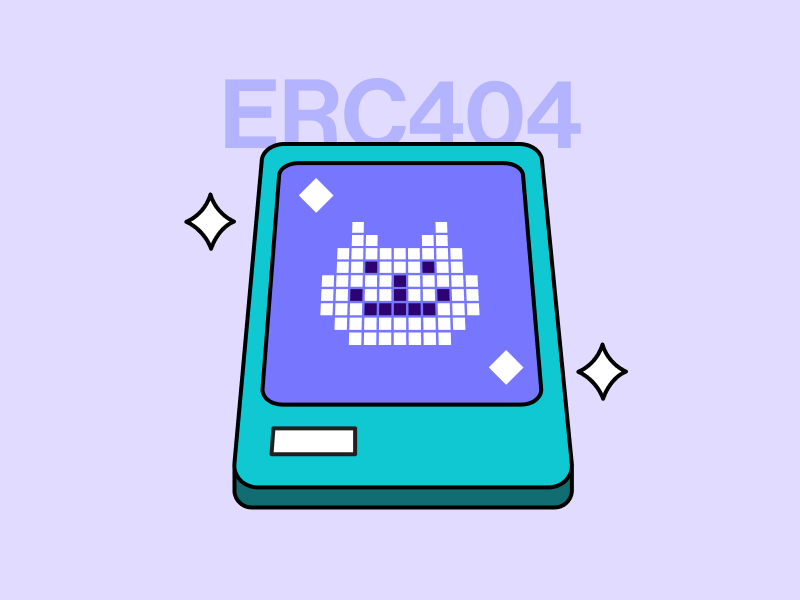
The HTTP status code “404 Not Found” typically indicates an error when accessing something incorrectly on a website. Yet, in the realm of blockchain, the phrase “404” adopts a fresh significance with the ERC-404 token. This token symbolizes an experimental novelty unprecedented in the blockchain domain. With the Pandora project, ERC-404 quickly garners attention amid ongoing innovations. But what precisely is ERC-404, and how did Pandora evolve into a creative venture within the ERC-404 ecosystem? Explore further in this article.
Article Summary
- ✨ ERC-404 is an innovation in token standards that combines elements from ERC-20 and ERC-721 tokens on Ethereum. It introduces the concept of a semi-fungible token.
- 🟥 Pandora is the first project to support the implementation of ERC-404 through the PANDORA token and NFT Replicants.
- 🖼️ The primary purpose of ERC-404 is to provide liquidity for NFTs and facilitate native fragmentation of NFTs.
- 🧩 Besides Pandora, some examples of projects that support ERC-404 are Wasabi Protocol, Teller, DeFrogs, and Non-Playable Coin.
What is ERC-404?
ERC-404 is an experimental standard token that combines the ERC-20 and ERC-721. In Ethereum, we all know ETH (ERC-20) and NFT (ERC-71) tokens. ERC-20 tokens are fungible, while NFTs are unique tokens that have a different value from each other (non-fungible).
The ERC-404 token standard introduces the concept of semi-fungible tokens that combine both fungible and non-fungible nature. It means that while tokens can be divided and traded in smaller quantities, each unit still has unique identifiable characteristics.
If you buy 1 ERC-404 token, you will also get 1 NFT in your wallet. Conversely, if you sell 1 ERC-404 token, the NFTs will be burned and disappear from your wallet.
The creation of ERC-404 serves a dual purpose: providing liquidity for NFTs and facilitating native fragmentation. This means that each NFT only needs a liquidity pool. Additionally, users can enjoy a smoother experience in fractionalizing NFTs using ERC-404’s built-in fragmentation feature, eliminating the need for third-party intervention in dividing and re-collecting NFTs.
Learn more about Fractional NFTs in the article Fractional NFT: A New Way to Invest in Digital Assets.
A team of Pandora developers introduced the ERC-404 token under the pseudonyms ctrl, Searn, Acme, and Hohenheim. They created the Pandora project to create the first token with the ERC-404 token standard on February 2, 2024. Although they have conducted some tests, this type of token still needs to be audited and could potentially carry some risks.
How Does ERC-404 Work
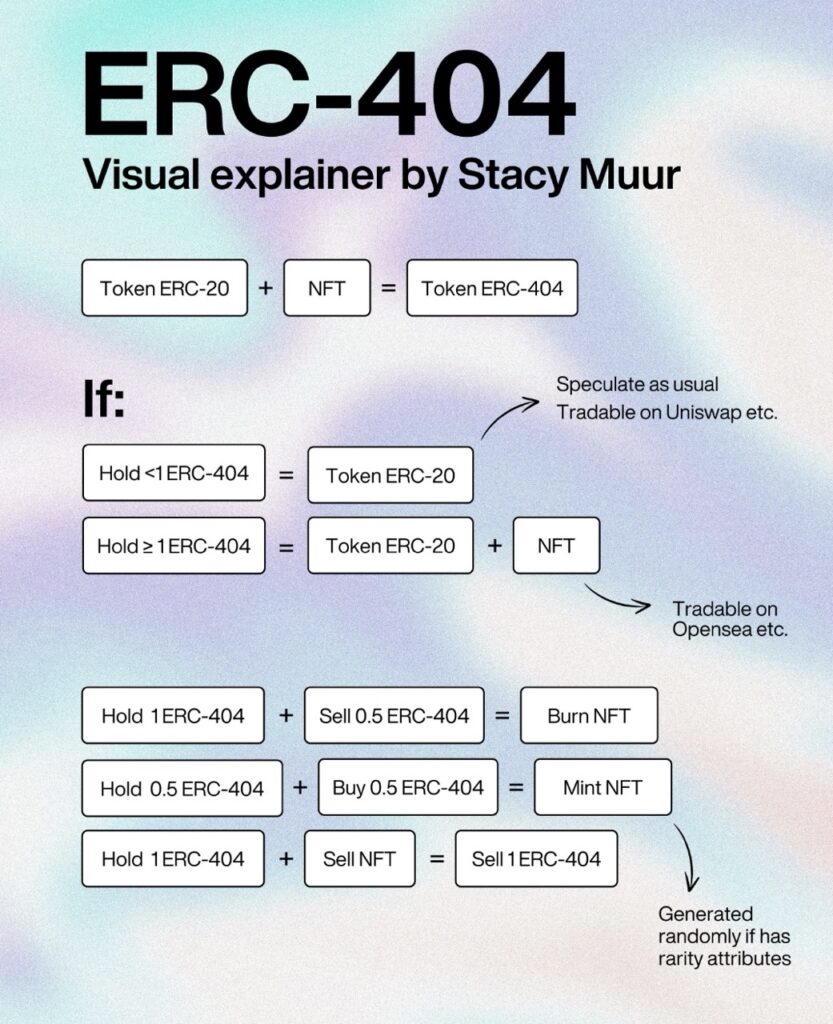
ERC-404 is a fusion of both the ERC-20 and ERC-721 standards. Traditionally, these components were not intended to interact with each other. Hence, this token remains experimental and still in development.
As mentioned, you will get 1 NFT when you buy 1 ERC-404 token. It means you have both ERC-20 tokens and NFTs.
ERC-20 tokens stored in your wallet are tradable on decentralized exchanges (DEXs) such as Uniswap. Meanwhile, NFTs can be traded on specialized NFT marketplaces like OpenSea and Blur.
Stacy Muur, on her X account, provides an illustration that explains the ERC-404 mechanism in an easy-to-understand manner:
- If you hold 1 ERC-404 token, then you sell 0.5 ERC-404 tokens, and the NFT will be burned.
- If you hold 0.5 ERC-404 tokens, then you buy another 0.5 ERC-404 tokens, then the NFT will be minted to your wallet.
- Then, if you hold 1 ERC-404 token, then you sell the NFT, then you lose 1 ERC-404 token because by selling 1 NFT, you also sold 1 ERC-404 token.
When you merge two tokens (as in point 2), NFTs are generated randomly, leading to fluctuating values and determining their rarity.
What is Pandora?
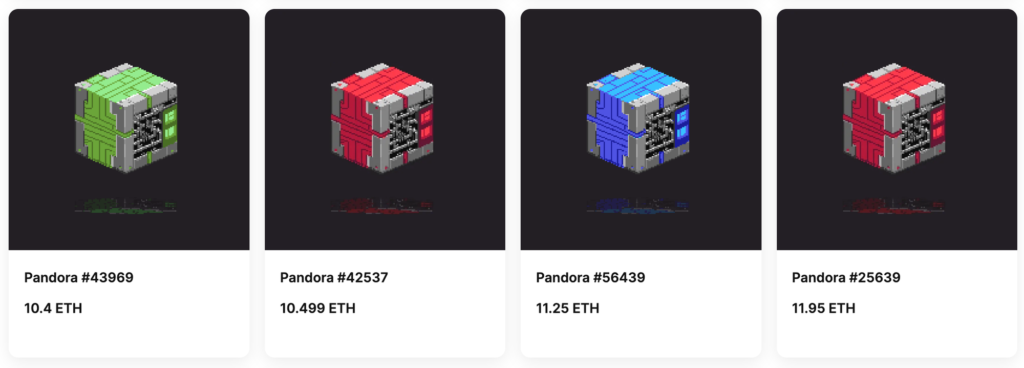
Pandora is the first project to implement the ERC-404 concept through the PANDORA token. Pandora has a token supply of 10,000 PANDORA tokens tied to 10,000 NFTs called Replicants.
NFT Replicants are presented in a box shape featuring five color variations: green, blue, purple, orange, and red. The color red denotes the rarity of an NFT, while the color green signifies common NFTs.
Considering the name Pandora and the box-shaped NFT Replicants, it’s probable that these boxes will eventually unveil various pieces of artwork.
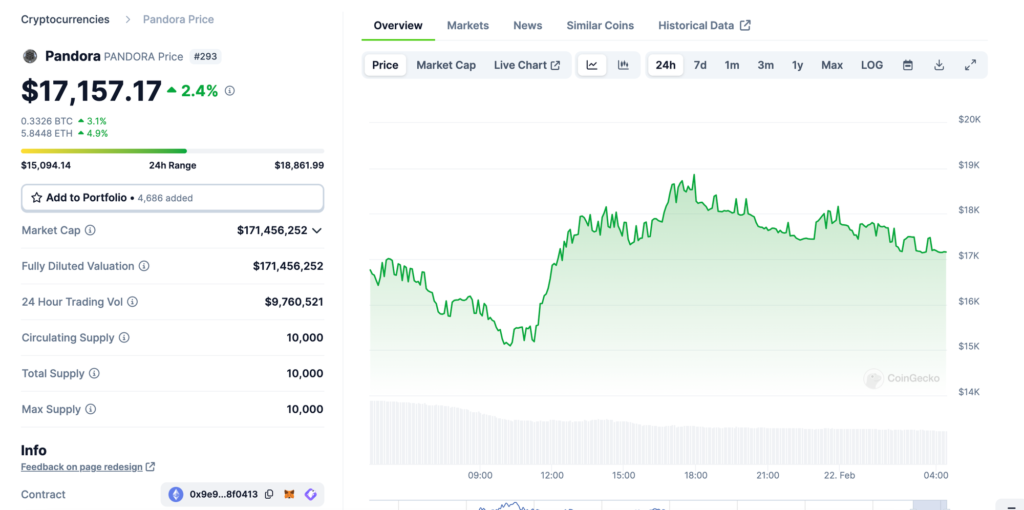
As of February 22, 2024, the PANDORA token is priced at 17 US dollars with a market cap of 171 million US dollars. Meanwhile, NFT Replicants reached a floor price of 6.89 ETH with 1,448 NFT owners.
Quoted from The Block, at launch, 7% of the supply was allocated to the team and early contributors. At launch, the team purchased 23% of the total supply, which was used to provide extra liquidity through market makers or token offerings.
You can trade PANDORA on Uniswap’s DEX and NFT Replicants on OpenSea or Blur.
ERC-404 Ecosystem
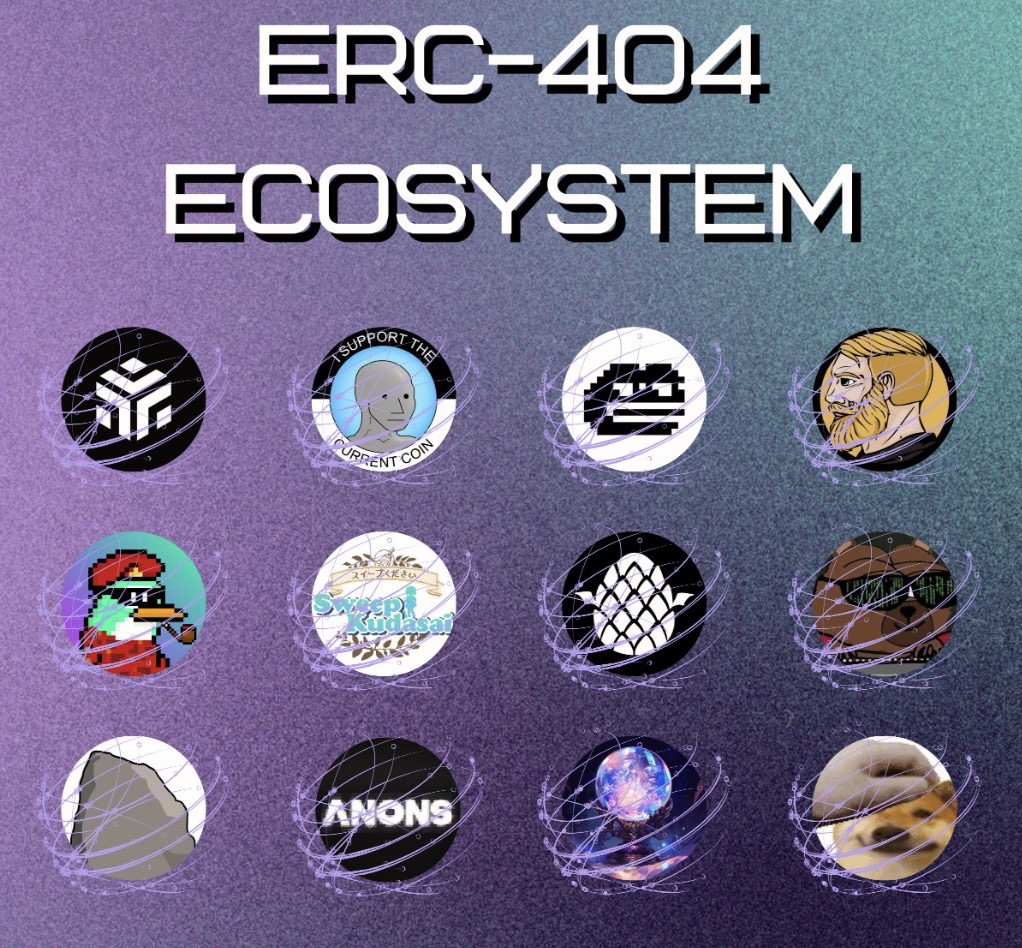
Since its launch, several projects have started experimenting with the PANDORA token. Here are some of the projects in the ERC-404 ecosystem:
- Wasabi Protocol: Wasabi Protocol’s trading platform has listed PANDORA as an asset for perpetual trading.
- Teller: Teller’s lending platform has added PANDORA/USDT as a trading pair. Users can use it as collateral for loans.
- DeFrogs: DeFrogs (DEFROGS) is the first PFP NFT collection to implement the ERC-404 concept. This NFT is Pepe the Frog-themed with a collection of 10,000 NFTs.
- Non-Playable Coin: Con-Playable Coin (NPC) is a unique token that combines the characteristics of memecoins and NFTs. This token is available on Ethereum and Base.
The Future and Challenges of ERC-404
ERC-404 is not an official standard token type on Ethereum. It is an experimental token and has yet to be officially audited. However, the development team plans to submit this token standard as an Ethereum Improvement Proposal (EIP). As it lacks official recognition as an Ethereum standard token, it poses similar high risks as any other meme coin.
Alex Wacy, on his X account said that ERC404 enables the creation of various unique digital assets beyond NFTs, including tokenized RWAs, GameFi, and collectibles. This approach ensures access to high-value assets without solely relying on the sometimes illiquid NFT market.
In addition, ctrl revealed to The Block that his team is also preparing to launch an ultra-fast protocol that could accelerate the adoption of the ERC404 token. It will give creators and developers the tools and infrastructure to build products that involve ERC404 tokens.
Although there are already several projects that implement ERC404, this type of token still needs to overcome technical challenges. Due to its nature as an unofficial token standard, many NFT platforms and marketplaces do not support ERC404 by default.
Conclusion
ERC404 is an experimental token that combines ERC-20 and ERC-721 tokens to create a semi-fungible token. Pandora is the first project to support ERC404 implementation with the PANDORA token and NFT Replicants.
While still in the experimental phase and lacking official auditing, ERC404 shows promise for advancing NFTs within the blockchain ecosystem. Nevertheless, key challenges persist, including limited platform and marketplace support, as well as unresolved technical obstacles.
References
- Tim Copeland, These developers are mashing ERC-20 tokens and NFTs together: Will it work? The Block, accessed 20 February 2024.
- William M. Peaster, ERC404 and Why It Matters, Bankless, accessed 20 February 2024.
- Stephen Graves, What Is ERC404? The Experimental ‘Semi-Fungible’ Ethereum Token Standard, Decrypt, accessed 20 February 2024.
- Alex Wacy, Dive into ERC-404 ecosystem with 1000x potential? X, accessed 21 February 2024.
Share


